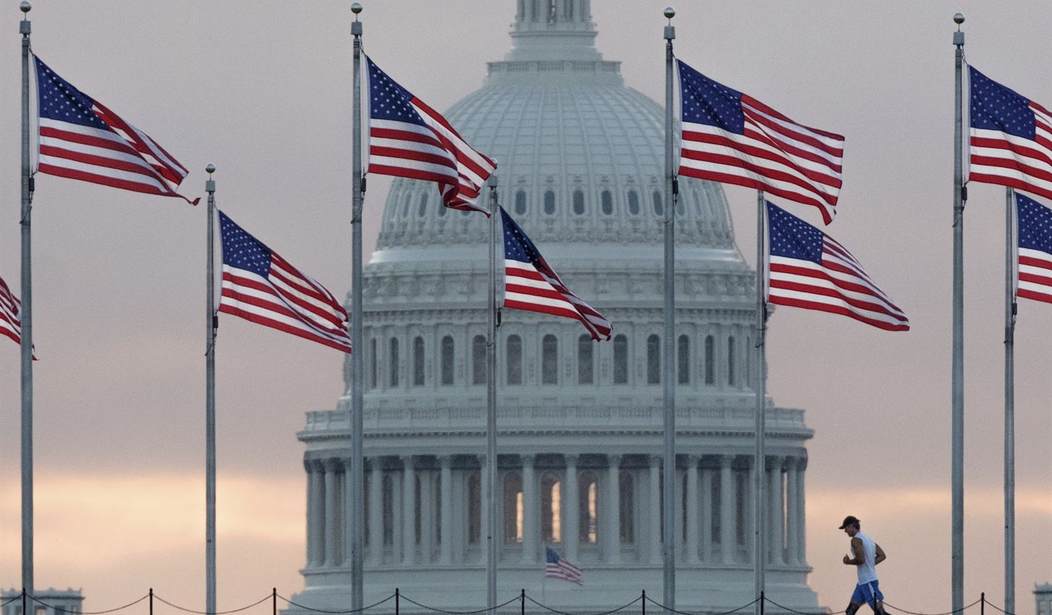WASHINGTON - The political battles raging across the federal government seem to be consumed by trade wars, immigration and of course impeachment.
Those issues will run their course in due time, but there is a much bigger problem that seems to be attracting little if any attention here at the highest levels of government.
President Trump rarely mentions it, if at all. Congress, for most of the year, sweeps it under the rug as it goes about its business of recklessly spending other people’s money. Newspapers and the nightly news programs all but ignore it entirely.
We’re talking about wasteful federal spending and an uncontrolled budget that threatens to bankrupt our country.
In fiscal year 2020, the federal budget is forecast to produce a line of deficits totaling $1 trillion a year.
But it gets worse, a lot worse. Go on your laptop and click on “usgovernmentspending.com/federal_deficit…” and read the ugly truth.
“The federal debt increases each year more than the deficit. For FY 2019 the federal budget estimates that the federal debt will increase by about $1.32 trillion. That’s about $228 billion more than the official ‘deficit.’”
The Committee for a Responsible Federal Budget says that our government’s “Debt is rising unsustainably.”
When the Congressional Budget Office released its longterm budget outlook on June 26, 2018, it projected that “debt held by the public will roughly double as a share of the economy under current law, from 78 percent of GDP [Gross Domestic Product] at the end of 2018 to 152 percent of GDP in 2048 — an unprecedented level.”
But here’s the really, really scary part, the Committee for a Responsible Federal Budget reported:
“Spending Is Growing Faster Than Revenue. CBO projects spending will grow rapidly, from less than 21 percent of GDP in 2018 to over 29 percent by 2048.”
Recommended
“Revenue will grow slowly, from less than 17 percent of GDP in 2018 to nearly 20 percent of GDP. As a result, annual deficits grow from 3.9 percent of GDP in 2018 to 9.5 percent by 2048, approaching the post-World War II record set in 2009.”
This will lead to much slower growth, reduced incomes, higher interest rates, “and an increased likelihood of a fiscal crisis.”
Even worse, CBO said, major trust funds could be headed toward insolvency, including Social Security, Disability Insurance and Medicare Hospital Insurance, if reforms are not enacted to preserve their finances.
With spending growing faster than revenue, the answer is to slow the growth of federal spending, and that means getting rid of wasteful, ineffective, outdated federal programs.
In the late 1970s and early 1980s, I was a Washington reporter for UPI who was assigned to dig into hundreds of federal spending programs for a series of articles that newspapers across the country gobbled up faster than I could write them.
In 1980, my reporting was turned into a book titled Fat City: How Washington Wastes Your Taxes.
The opening paragraph described my findings: “Our federal government has become a bloated, extravagant, paternalistic, remote, cluttered, disorganized, inefficient, frivolous, duplicative, archaic wasteland.”
I discovered that tens of billions of dollars were lost each year by the government through mismanagement, fraud, abuse, waste, error, theft, and corruption.
There was the Annual Assay Commission that for 187 years met “to do the job it had been faithfully performing since April 2, 1792, even though government officials said it was an agency that no longer performed a useful function.”
There were anti-poverty programs, totaling $30 billion, that did little to help the poor, but that enriched an industry of consultants.
In all, I uncovered more than one hundred “nonessential programs.” Many no longer exist, but have been replaced by other equally wasteful bureaucracies that cry out for the budget-cutters’ axe.
The budget shortfall “has continued to increase under Trump…that will add up to about $1.5 trillion over a decade and a rise in deficit spending,” Bloomberg News reported this week.
It’s enough to make you sick. Is it enough to make us stop?

























Join the conversation as a VIP Member